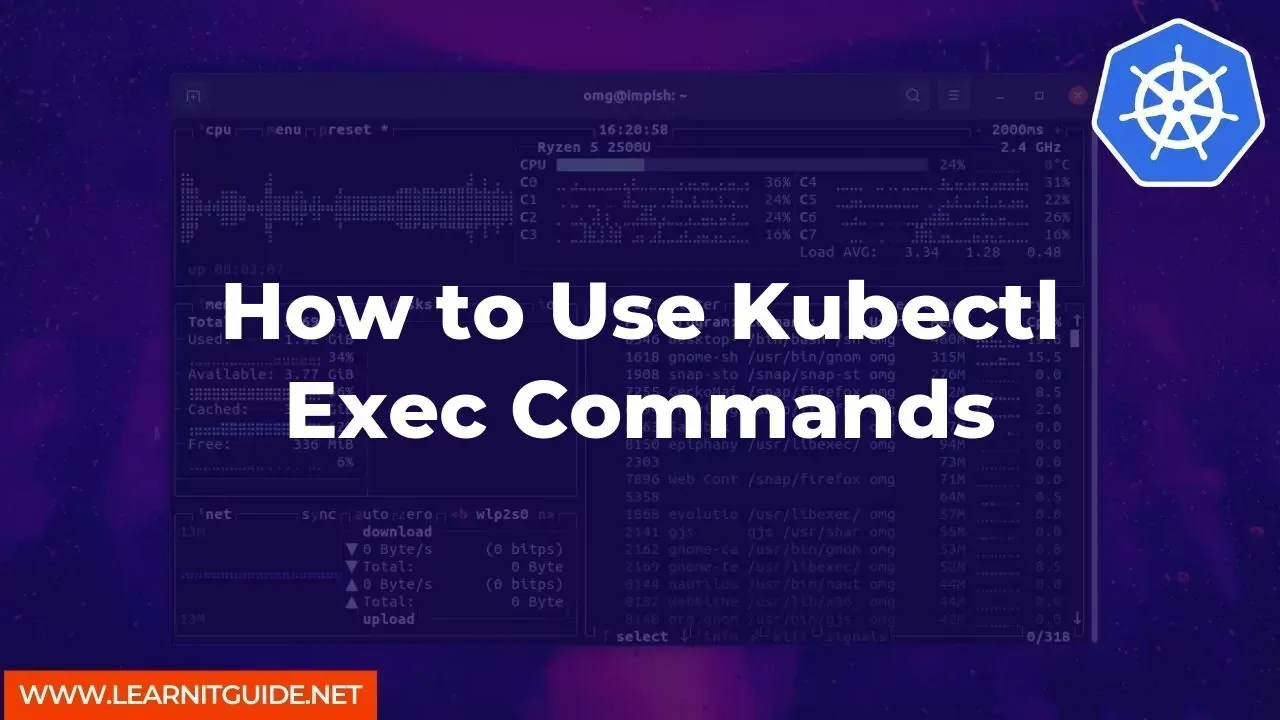Kubernetes is a popular container orchestration system that helps in managing containerized applications. Kubectl is the command-line tool used to interact with the Kubernetes API. One of the most useful features of Kubectl is the "exec" command, which allows you to execute commands inside a container running in a Kubernetes pod. In this article, we'll explore how to use Kubectl exec commands effectively.
Prerequisites
Before we begin, you should have the following prerequisites:
- A Kubernetes cluster up and running
- Kubectl installed on your local machine
- A basic understanding of Kubernetes concepts and terminology
How to Use Kubectl Exec Commands
To use Kubectl exec commands, you need to follow the steps below:
Step 1: List the pods running in your cluster
To execute commands inside a container running in a Kubernetes pod, you need to know the pod name. You can list all the pods running in your cluster using the following command:
kubectl get pods
Step 2: Select the pod and container
Once you have the list of pods, you need to select the pod and container in which you want to execute the command. You can use the following command to execute a command inside a container:
kubectl exec <pod-name> -c <container-name> <command>
Replace <pod-name> with the name of the pod and <container-name> with the name of the container. <command> is the command you want to execute inside the container.
More Commands
Here are some example commands you can execute inside a container using Kubectl exec:
- Execute a command inside a running container:
kubectl exec mypod -c mycontainer ls -al
- Open an interactive shell inside a running container:
kubectl exec -it mypod -c mycontainer sh
- Execute a command inside a container with a specific user:
kubectl exec mypod -c mycontainer --user=root whoami
- Execute a command inside a container in a specific namespace:
kubectl exec mypod -c mycontainer --namespace=mynamespace ls -al
- Execute a command inside a container in a specific node:
kubectl exec mypod -c mycontainer --node-name=mynode ls -al
Using Kubectl exec commands can be a powerful way to execute commands inside containers running in a Kubernetes pod. With the commands we've covered in this article, you should be able to perform most common tasks. Remember to always check the official documentation for additional information and examples.
Related Searches and Questions asked:
That's it for this post. Keep practicing and have fun. Leave your comments if any.








0 تعليقات